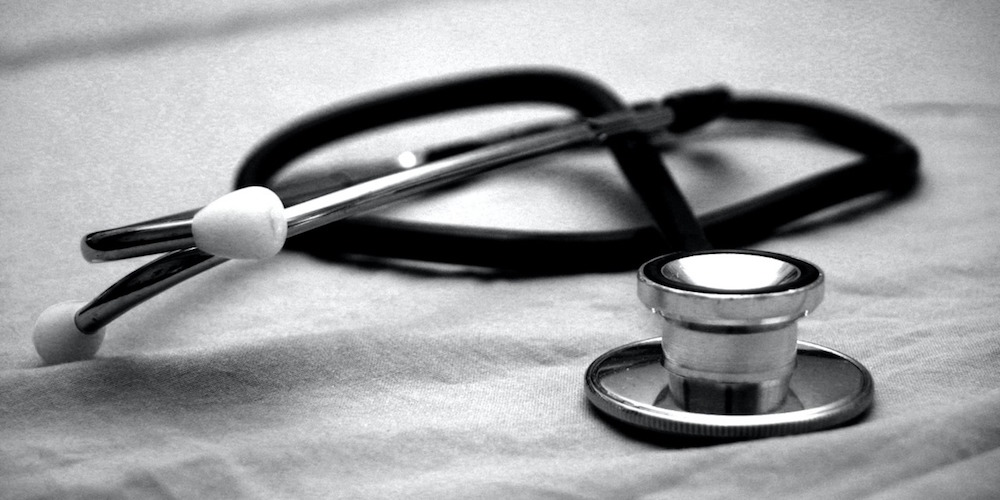THE prompter of this column is my observation regarding the ubiquitous misunderstanding of the concept of universal health coverage. Whereas, UHC is central to the sustainable development agenda and is a foundation of the current national health policy in Pakistan, it is concerning when one hears confusing statements about the concept.
First of all, let us try to understand the definition of UHC and then put each part of it under the magnifying glass. According to the WHO, UHC “means that all people and communities can use the promotive, preventive, curative, rehabilitative and palliative health services they need, of sufficient quality to be effective, while also ensuring that the use of these services does not expose the user to financial hardship”.
‘All people and communities’ really means everybody without any prejudice. It is based on the human right to health which is rooted in the UN Declaration of Human Rights and the WHO constitution and is recognised in at least 115 national constitutions. Unlike the right to education, Pakistan’s Constitution still does not explicitly provide for the right to health — something that needs to be addressed through a constitutional amendment. By implication, it is not even limited to citizens but is applicable to non-citizens also in a national jurisdiction, for example, migrants and refugees.
‘Health services’ are for health and not just for treating diseases. For ‘healthcare’, five kinds of health services are needed: promotive, preventive, curative, rehabilitative and palliative. A good combination of these five services constitutes essential healthcare. The common understanding about health services is limited to curative care provided in hospitals. Preventive and promotive health services are actually more cost-effective than curative services and, in fact, in many cases determine curative services. Examples of preventive services are vaccination, screening for various common diseases, disease control measures for both communicable and non-communicable infirmities and protection against injuries. Meanwhile, promotive services include, for example, information and education for adopting healthy behaviours and making healthy choices to guard against risks to health (smoking cessation; wearing masks; salt control in diet; exercising; planning the number of children and appropriate spacing between them).
It is time to reorganise the health system to implement essential health services packages.
Preventive and promotive services can be provided at the individual level as well as the population level. Rehabilitative health services are important for disabled people and those recovering from diseases, injuries and surgeries. People who have lost limbs for example need prosthetics and physiotherapy.
Last but not least, people suffering from fatal diseases, for example late-stage cancers, or those who are very old, weak and terminal need special care to make death easy and painless. A combination of these services provided at the household level through community health workers or at the health facility level which may be a primary-, secondary- or tertiary-level facility or a hospital or at the population level constitutes comprehensive healthcare in the context of UHC. Along with this, the determinants of health also need to be addressed through inter-sectoral collaboration. Essential public health functions need to be effectively performed and the system must be readied to respond to public health emergencies.
In order to provide optimal healthcare, based on the health services mentioned, to everybody in resource-scant settings such as low- and middle-income countries, policymakers have to set priorities regarding these services. This is where the concept of a national or provincial essential health services package comes in. Pakistan has done well to have developed national and provincial essential health services packages after due diligence and consultation. Now it is time to reorient and reorganise the health system to implement these packages.
The importance of primary healthcare is immense in UHC as this is the level where 60 to 70 per cent of essential health services can be provided.
Health services should also be of ‘sufficient quality’ in order to have the intended effect on users. Lack of ensuring quality of services can have two negative effects: services can be ineffective at best and outrightly unsafe at worst. Patient safety is a very major concern in healthcare.
‘Financial hardship’ is a key component of UHC and relates to poor sections of society. The poor fall sick more than the rich and hence need more healthcare. But if health services are sold and those who are poor and sick cannot buy them, then there is a major problem of lack of financial access. Severity of the disease is directly proportional to the inelasticity of demand in healthcare. A poor and sick individual will do all s/he can to access health services even if they have to sell assets, ask for loans or seek charity. Poor and sick individuals need to be firewalled against financial hardship in UHC.
Such financial protection comes in many forms. In the case of public-sector healthcare provision, governments can make the services free. This is why poor people swarm public health facilities. But in Pakistan around 60pc of out-of-pocket expenditures take place in seeking health services in the private sector. The reason is that public health facilities are inadequate both quantitively and qualitatively. This is where social health insurance comes in as a form of financial protection. The Sehat Sahulat Programme is great in this respect; it provides financial protection to the poor in the private health sector. However, the absence of Sindh in the programme that is otherwise universal in Pakistan is a mistake. It is neither sustainable in the long run nor is it the best economic and targeted use of limited resources. But of course, politically it makes a lot of sense! In Pakistan, most politicians continue to equate UHC with universal health insurance which is wrong.
Now that Pakistan is advancing UHC, it is crucial that UHC is understood clearly. Our medical and public health education, training, practice and research needs to be aligned with UHC. Students in medical colleges and public health schools need to be taught UHC and those in service need to be provided on job trainings. Misunderstood UHC will produce sub-optimal results.
The writer is a former SAPM on health, professor of health systems at Shifa Tameer-i-Millat University and WHO adviser on UHC.


